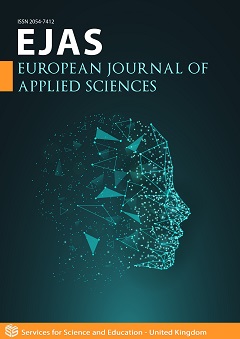The Generation Model of Particle Physics
DOI:
https://doi.org/10.14738/aivp.123.16922Keywords:
particle generation, rishon, mass, photon, gravity, antimatter, CP, parityAbstract
The main purpose of this paper is to present the Generation Model (GM) as an alternative to the Standard Model (SM) of particle physics, which is incomplete. It will be reported how the GM provides an understandaing of many problems and puzzles associated with the SM. In particular: in the GM, the 14 elementary particles of the SM are all composite particles: this leads to a unified origin of mass, unlike the SM, so that the GM has no requirement for the Higgs field to generate the mass of any elementary particle. In the GM, the strong chromodynamic force is taken down one layer of complexity to describe the composite nature of the leptons and quarks: this leads to an understanding of the gravitational force, as a residual interaction of the strong nuclear force. This gravitational interaction has two additional properties,which provide an understanding of both dark matter and dark energy. The GM predicts that there is no matter-antimatter asymmetry, and that energy is conserved in the Universe. The GM indicates the existence of both higher generation quarks in nucleons and mixed parity states in hadrons, and also the conservation of CP in weak nuclear interactions.
Downloads
Published
How to Cite
Issue
Section
License
Copyright (c) 2024 Brian Albert Robson

This work is licensed under a Creative Commons Attribution 4.0 International License.






